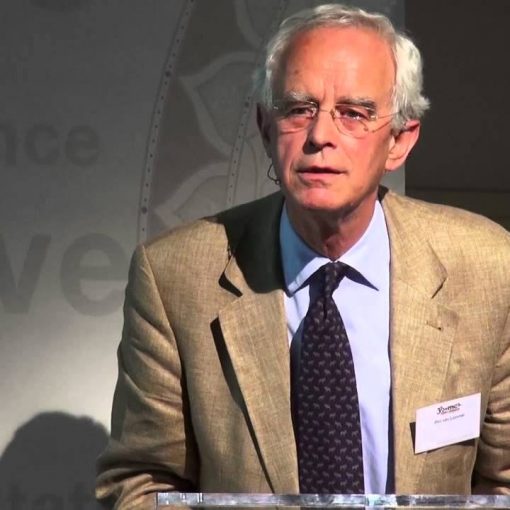We take it for granted that we are self-aware. That we are conscious of ourselves. But how far back in human evolution can this self-awareness be traced? One way of finding out is to look for the earliest graves. Human beings are the only species that bury their dead. Not only do we bury our dead but we arrange the corpse in a special way — in a foetal position or feet together and legs straight. It’s a symbol of respect for a person we knew. Also, it may indicate a hope for rebirth, or an afterlife. We wouldn’t have those motivations unless we thought in symbols; had a measure of self-consciousness.
A recent New Scientist article by Max Green summarizes the history of burials. The earliest suspected grave may be 2.3 million years old, discovered in the Rising Star cave in South Africa. A cave system recently discovered, inaccessible except by mountaineers contains many remains of a previously unknown human species. How did they get there unless they had been brought there?
A suspected Neanderthal gravesite along with what may be grave offerings, found in Spain, is dated at 400,000 years. Symbolic thinking that early? A site in Lower Galilee dated at 100,000 contains remains that are clearly laid out in a ritual fashion that indicates religious thinking.
Art work may also indicate a measure of self-consciousness. The Lascaux cave paintings, dated at 30,000 years show not only figures of animals but other highly symbolic figures.
The accepted view among anthropologists is that religious and symbolic thinking only emerged with the transition from the hunter-gatherer societies to agricultural societies, not before 15,000 years ago. The earlier grave sites suggest that the story is not so simple. Caring for the dead was going on much earlier. If early graves tell us anything it is that our forebears 100,000 years ago, and earlier, were already pondering the sort of questions that we ask today — what is life about, what is death and what happens afterwards.




